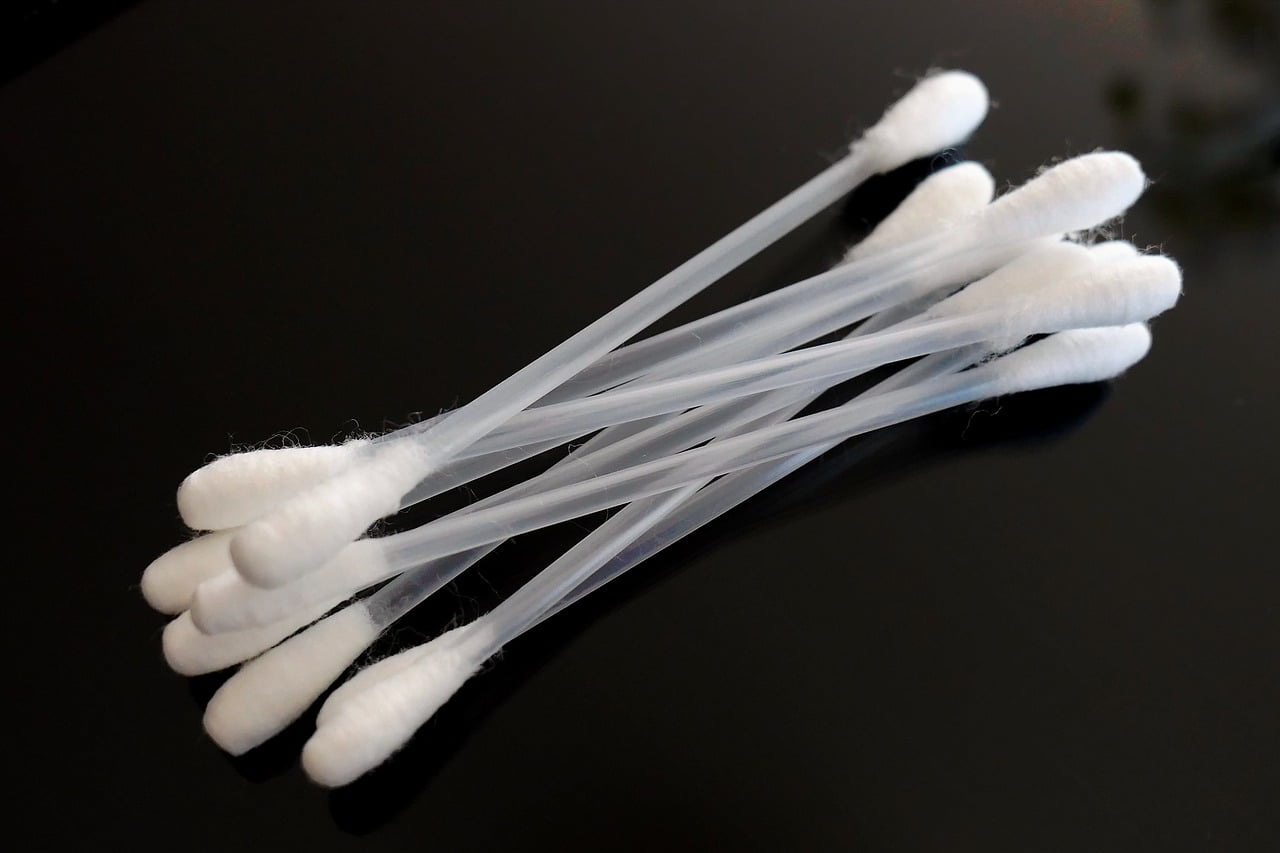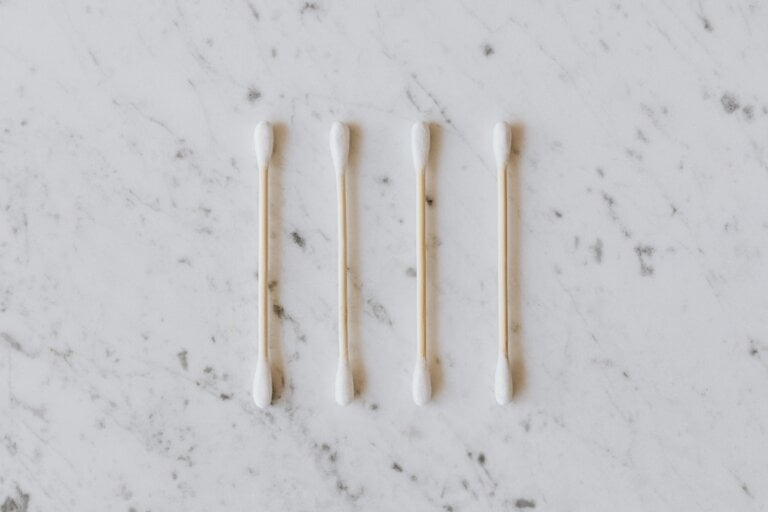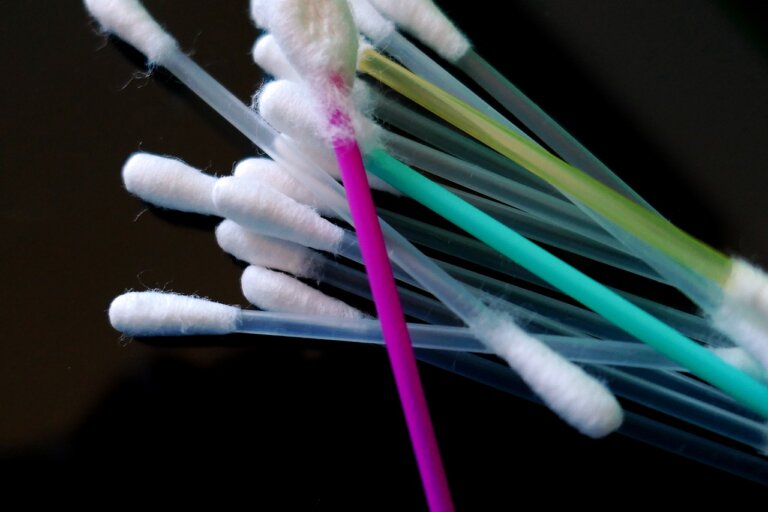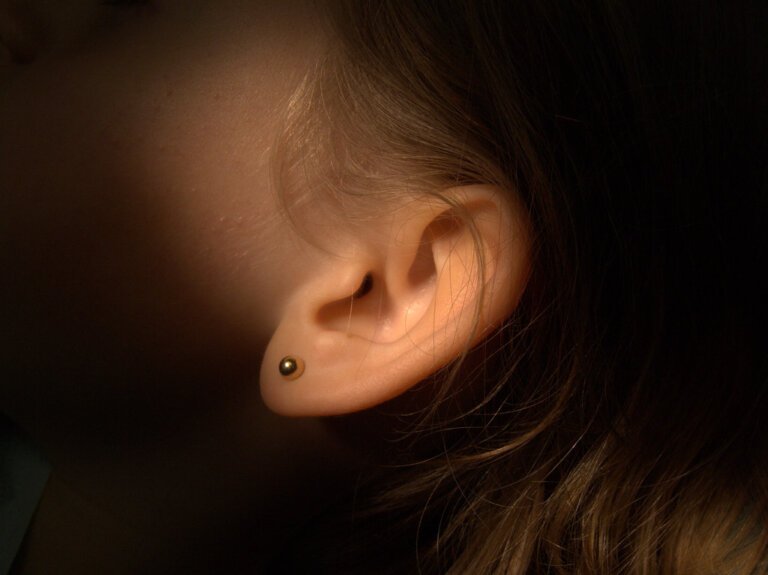Unveiling the Prep Steps: Understanding Manual Instrument Ear Wax Removal
Last Updated on 12th July 2023 by Admin
Ear wax, also known as cerumen, is a natural substance produced by the glands in the ear canal. While it serves as a protective barrier, excessive ear wax buildup can lead to discomfort, hearing loss, and even infections. Manual instrument ear wax removal is a safe and effective method to remove excess ear wax and restore optimal ear health. In this article, we will take a closer look at the prep steps involved in manual instrument ear wax removal.
Why Manual Instrument Ear Wax Removal?
Manual instrument ear wax removal is often recommended when other methods, such as ear drops or irrigation, are ineffective or contraindicated. It involves using specially designed tools to gently extract the ear wax from the ear canal. This method allows for precise control and minimizes the risk of injury to the delicate structures of the ear.
Manual instrument ear wax removal offers several advantages over other methods:
-
Precise and Controlled: The use of specially designed tools allows healthcare professionals to have precise control over the removal process. This ensures that the ear wax is extracted without causing any harm to the ear canal or eardrum.
-
Effective: Manual instrument ear wax removal is highly effective in removing stubborn and impacted ear wax. The tools used are designed to reach deep into the ear canal and dislodge the wax, providing relief from symptoms and restoring optimal hearing.
-
Safe: When performed by trained professionals, manual instrument ear wax removal is a safe procedure. The healthcare provider has the knowledge and expertise to handle the instruments properly, reducing the risk of injury.
Preparing for Manual Instrument Ear Wax Removal
Before undergoing manual instrument ear wax removal, it is essential to prepare adequately to ensure a safe and successful procedure. Here are the key steps involved in preparing for this process:
1. Seek Professional Assistance
While it is possible to perform manual instrument ear wax removal at home, it is highly recommended to seek professional assistance from an ear, nose, and throat (ENT) specialist or a trained healthcare professional. They have the expertise and experience to perform the procedure safely and effectively.
Professional assistance is crucial for several reasons:
-
Expertise: Healthcare professionals specializing in ear wax removal have extensive knowledge of the ear anatomy and proper techniques. They can ensure a thorough and safe removal process.
-
Specialized Tools: These professionals have access to specialized tools designed specifically for ear wax removal. These tools are more effective and safer compared to makeshift methods used at home.
-
Reduced Risk: By seeking professional assistance, you minimize the risk of injury to the ear canal or eardrum. Healthcare professionals are trained to handle the instruments properly and know how to avoid potential complications.
2. Assess Your Symptoms
Before proceeding with manual instrument ear wax removal, it is crucial to assess your symptoms and determine whether they are indicative of excessive ear wax buildup. Common symptoms include earache, a feeling of fullness in the ear, decreased hearing, dizziness, or ringing in the ear (tinnitus).
Assessing your symptoms helps in several ways:
-
Confirmation: Identifying the symptoms associated with excessive ear wax buildup helps confirm the need for manual instrument ear wax removal. If the symptoms are not related to ear wax, the healthcare provider can explore other potential causes and appropriate treatment options.
-
Treatment Planning: Understanding the symptoms helps the healthcare provider tailor the procedure to your specific needs. They can choose the appropriate instruments and techniques to address the severity of the wax buildup and associated symptoms.
3. Avoid Self-Cleaning Methods
It is essential to refrain from using cotton swabs, hairpins, or any other objects to clean the ear canal. These methods can push the ear wax deeper into the ear, potentially causing more harm than good. Instead, rely on professional assistance for safe and effective ear wax removal.
Avoiding self-cleaning methods is crucial for several reasons:
-
Preventing Complications: Using improper tools or techniques for ear cleaning can lead to injuries, infections, or damage to the ear canal. By avoiding self-cleaning methods, you minimize the risk of complications.
-
Avoiding Impaction: Pushing the ear wax deeper into the ear can cause impaction, making it even more challenging to remove. This can lead to increased discomfort and hearing loss.
-
Protecting the Ear Canal: The skin lining the ear canal is delicate and can be easily damaged. Using improper tools may cause scratches or tears in the skin, leading to pain and potential infections.
4. Inform Your Healthcare Provider
When seeking professional assistance for manual instrument ear wax removal, make sure to inform your healthcare provider about any underlying medical conditions, allergies, or prior ear surgeries. This information will help them tailor the procedure to your specific needs and minimize any potential risks.
Informing your healthcare provider is essential for several reasons:
-
Medical History Considerations: Certain medical conditions, such as perforated eardrums or narrow ear canals, may require modifications to the procedure. By providing your medical history, the healthcare provider can make appropriate adjustments to ensure a safe and effective removal process.
-
Allergy Management: If you have known allergies, your healthcare provider can take necessary precautions to avoid any allergic reactions during the procedure. This may involve using alternative instruments or taking preventive measures.
-
Prior Ear Surgeries: If you have undergone any previous ear surgeries, informing your healthcare provider is crucial. It helps them understand the potential impact of the previous surgeries on the current procedure and plan accordingly.
5. Follow Pre-Procedure Instructions
Your healthcare provider will provide you with specific pre-procedure instructions to ensure optimal conditions for the manual instrument ear wax removal. These instructions may include:
-
Avoiding the use of ear drops or any other ear-cleaning products for a certain period before the procedure. This allows the healthcare provider to assess the ear wax buildup accurately.
-
Taking any prescribed medications as directed. Some medications, such as blood thinners, may require special considerations or adjustments before the procedure.
-
Informing the healthcare provider if you are pregnant or have any bleeding disorders. These conditions may require additional precautions during the procedure.
Following pre-procedure instructions is crucial for a successful removal process:
-
Accurate Assessment: By following the instructions, you ensure that the healthcare provider can accurately assess the ear wax buildup and plan the removal process accordingly.
-
Minimized Risks: Some instructions, such as avoiding certain medications, help reduce the risk of bleeding or other complications during the procedure.
-
Optimal Results: Following the instructions helps create the best conditions for successful ear wax removal. It ensures that the healthcare provider can perform the procedure effectively and minimize any potential risks.
The complete article will be published online so must be of the highest quality. The complete article must be shown in markdown format.
FAQ: Manual Instrument Ear Wax Removal
Q1: Why is manual instrument ear wax removal recommended over other methods?
A1: Manual instrument ear wax removal is recommended when other methods are ineffective or contraindicated. It offers precise and controlled removal, is highly effective in removing stubborn wax, and is safe when performed by trained professionals.
Q2: Why is it important to seek professional assistance for manual instrument ear wax removal?
A2: Seeking professional assistance ensures expertise in ear anatomy and proper techniques, access to specialized tools, and reduced risk of injury to the ear canal or eardrum.
Q3: What are the risks of using self-cleaning methods for ear wax removal?
A3: Using cotton swabs, hairpins, or other objects for ear cleaning can cause injuries, infections, and damage to the ear canal. It can also push the wax deeper, leading to impaction and increased discomfort.
Q4: Why is it necessary to inform the healthcare provider about medical conditions and prior surgeries?
A4: Informing the healthcare provider about medical conditions, allergies, and prior surgeries helps tailor the procedure to specific needs, minimize risks, and make necessary adjustments for a safe and effective removal process.







